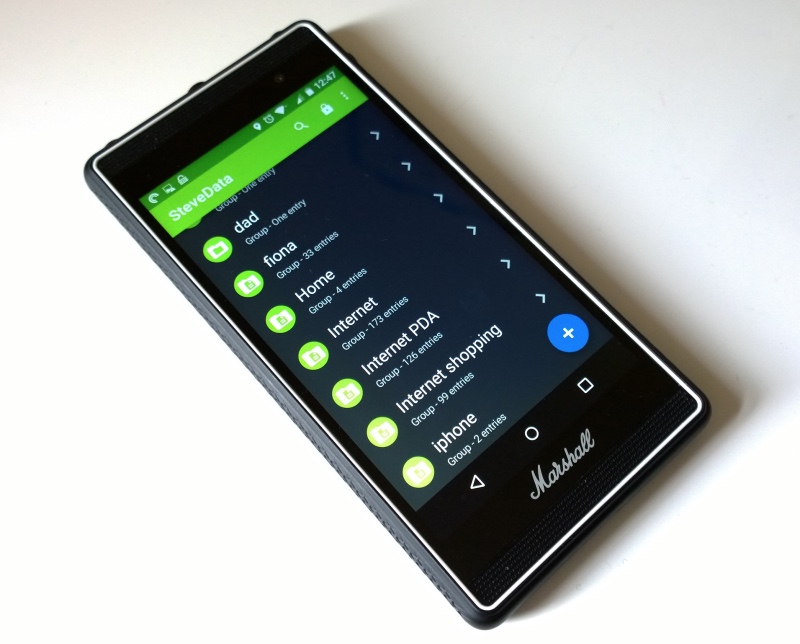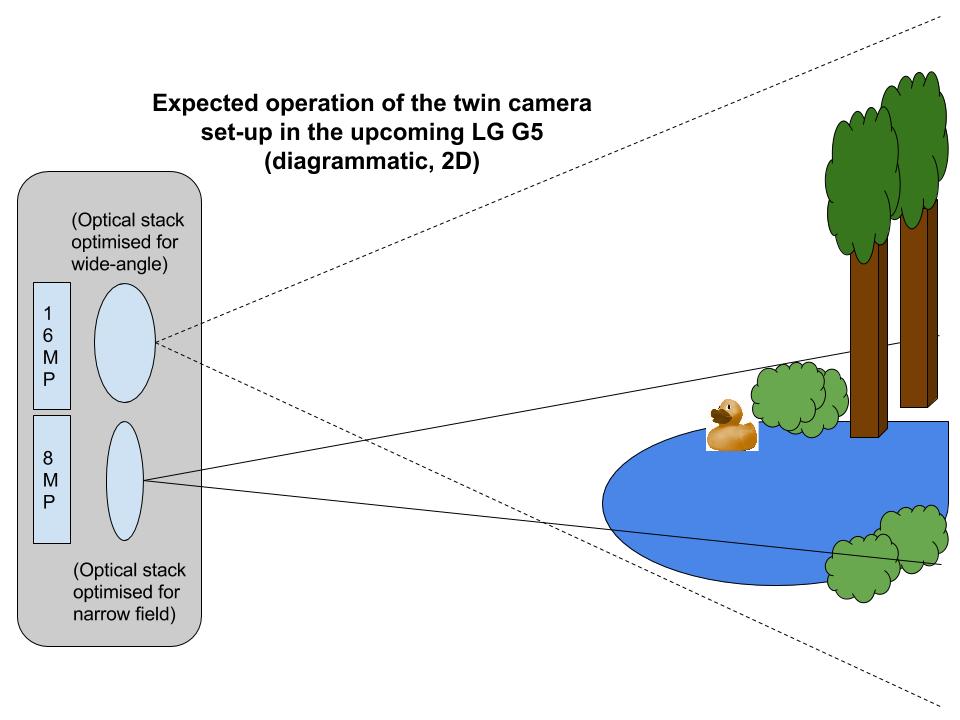Mobile World Congress came by and went away last week, and we finally have some time to sit down and look at it in hindsight without the rush of all the announcements and hands-on videos. Here are the six most notable things we have learned from the event.
2K Displays are yet to come
While we were previously inundated with leaks of higher resolution displays on the Samsung Galaxy S4 and LG G Pro 2, we were met with regular 1080p displays on 5.1″ and 5.9″ screens respectively — hardly any ppi breaking record. So where are all the 2K displays?
The Vivo Xplay 3S claimed the title of the first smartphone with a 2K display and the Oppo Find 7 might follow it soon, but as far as we know, none of the flagships from the major Android OEMs in the first quarter of 2014 will have this higher resolution display. The “All New HTC One” was rumored to have it but that leak has often been contradicted, leading us to believe that we might have to wait for the LG G3 to get 2K displays on smartphones.
Are we disappointed not to have seen 2K displays at MWC? Slightly, but only because we’re curious to see if we can spot the difference between 1080p screens and 2K ones.
Wearables everywhere!
You might think wearables are a fad that’s going away soon, but every manufacturer out there will disagree with you, and so will I. I have been wearing a Fitbit One for nine months and I can honestly say that it changed my lifestyle. I also can’t wait until everything I own is smart and connected — i.e “the internet of things” — but until then, wearables will be the first major change we see.
During MWC, Samsung announced its new Gear 2, Gear 2 Neo and Gear Fit, Huawei the TalkBand B1, while Sony and LG shared more details about their SmartBand and Lifeband Touch. Wearables might have previously been products from specialty companies like Jawbone, Fitbit or Pebble, but now everyone wants a piece of the cake and it’s only going to drive the competition forward.

Water-resistance will catch on
Love it or hate it, this mobile industry is built on cycles of peeking at the neighbors and copying what they’ve done. So far, Sony has been the only major Android OEM to push waterproofing in their smartphones — at least outside of Japan where most phones have that feature — but Samsung took a page from their book by making the Galaxy S5 water-resistant (not -proof, the difference is in how deep you can submerge it in water and for how long).
If Samsung is going to make a big deal about this feature — we expect nothing less of them — other OEMs will have to follow and provide it for their smartphones to stay on par. And every phone owner who has ever seen their device fall in a puddle of rain or freeze because of a water splash will be forever thankful.
Front-facing cameras are in the spotlight
Pun intended. Everyone is taking selfies and every company has accepted that as a fact and decided to aim and market for it. Whether through a front-facing LED flash for better exposure or 5MP camera sensors on the front instead of the mediocre 1.3 or 2MP sensors we have all been used to, advances are being made to help every teenager as well as Ellen DeGeneres and Bradley Cooper take better selfies.
Acer decided to go with an LED flash for its VGA front-facing camera in the Acer Liquid E3, but all of the following devices have opted for 5MP front-facing cameras: HTC Desire 816, ZTE Grand Memo II LTE, Huawei Ascend G6, Lenovo S850, and the mutant phone/tablet Huawei MediaPad X1.
Samsung’s design, Sony’s bezels, HTC’s names, LG’s UI
Look, we understand that no company is perfect, but sometimes they just seem to stretch their faults… to a fault. Samsung all but carved out “glam” on their employees’ arms to convince everyone that the Galaxy S5 sports a refined look, alas it persuaded no one. LG’s UI is always horribly received by the western press — personally, I don’t hate it but I don’t love it either — but LG forges on with its cartoonish elements.

And while LG have mastered the art of stretching a display all over the front of a phone, Sony might win the award for the smallest display to phone size ratio. Oh those huge bezels! Finally, HTC couldn’t name a phone if their life depended on it. From trying fancy titles to numbers to mixes of both to numbers written in letters, nothing makes sense to us when it comes to their naming convention.
Security, everywhere
On one end of the spectrum, there’s LG’s new Knock Code and Samsung’s Fingerprint scanner and Knox, and on the other, the super secure BlackPhone. But everywhere there’s clearly a big trend towards improving privacy and security on modern Android smartphones. After all, they are the most personal tool anyone uses and they act as the vaults to most, if not all, of our secrets. Protecting them from unwanted access is bound to become a more crucial feature as we move forward.
What other trends have you noticed from this Mobile World Congress, and which ones are you the most excited about?








